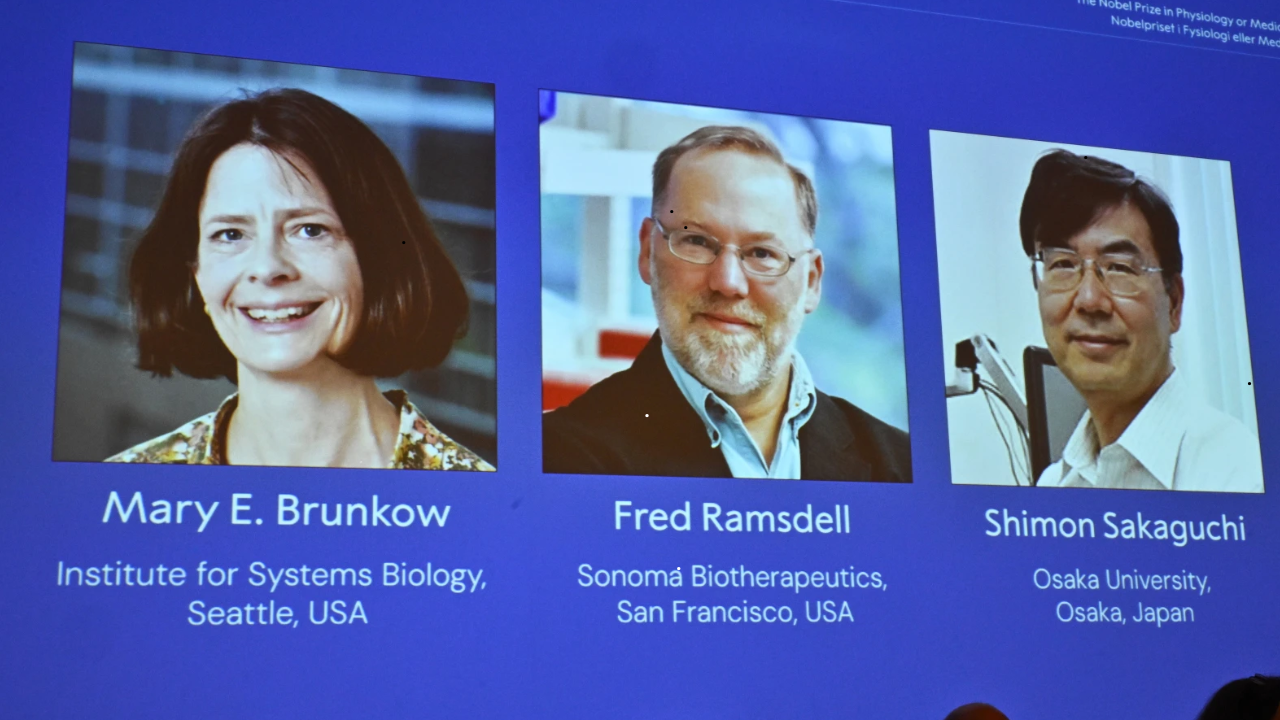Explained: What Are The 3 Scientists Awarded Nobel Prize In Medicine For?

Credits: AP
SummaryThe 2025 Nobel Prize in Physiology or Medicine was awarded to Mary Brunkow, Fred Ramsdell, and Shimon Sakaguchi for their pioneering work on regulatory T cells and the FOXP3 gene. Their discoveries revealed how the immune system distinguishes between self and non-self, paving the way for new treatments for autoimmune diseases. Read on to know more.
End of Article
